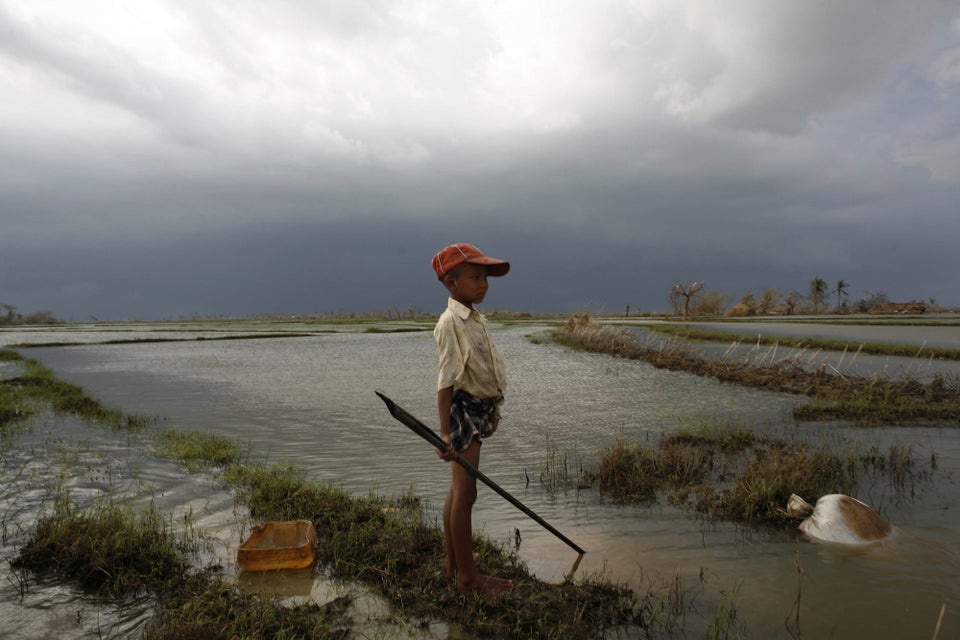Update (December 31, 2015): There has been some debate about how warm it actually got near the North Pole on Wednesday. One buoy maintained by the International Arctic Buoy Program recorded a high temperature of about 33-degrees Fahrenheit. But Dr. Jamie Morison, principal investigator for the North Pole Environmental Observatory, said in a statement that a buoy closer to the North Pole recorded a high temperature of only about 16-degrees Fahrenheit, which is still much hotter than average in winter.
"So in summary, the forecast warming was qualitatively pretty good even though temperatures at the Pole didn't reach up to the freezing point," he said.
The Washington Post, however, reports that data from the Global Forecast System (GFS) forecast model showed high temperatures at a latitude of 90 degrees North "for at least a brief moment" exceeding the melting point.
---
A combination of rare and powerful weather conditions were predicted to raise temperatures at the North Pole to more than 50 degrees Fahrenheit above average on Wednesday.
The forecast appeared correct as a reading on a weather buoy drifting in ice near the pole climbed above the freezing point -- an almost unthinkable temperature for the Arctic in the middle of winter considering there's no daylight for weeks.
If the reading was accurate, it was warmer there than in some cities, such as Moscow and Chicago, The Guardian reports.
The bizarre, and in some cases cataclysmic, weather reached across other regions of the North Atlantic on Wednesday. Forecasts said hurricane-force winds would blast Iceland.
In fact, the storm threatened to be one of the most powerful on record in the North Atlantic.
One feature of the weather is a sudden and severe loss of barometric pressure. If it drops fast enough, it could unleash a phenomenon ominously called a "bomb cyclone," according to The Washington Post.
The low-pressure system disturbing the normal Arctic conditions is the same behemoth that produced devastating cyclones in the southern United States and triggered flooding along the Mississippi River in recent days.
Called Storm Frank in the United Kingdom, the heavy rain and strong winds are looming over the U.K., which is reeling from severe flooding there over the weekend.
Temperatures above freezing could halt, at least temporarily, the growth of winter ice, the BBC reported. Diminishing ice coverage is associated with rising sea levels and can be hazardous to low-lying coastal communities.
The Arctic is experiencing a period of rapid warming, according to a recent report from the National Oceanic and Atmospheric Administration. The region is heating up twice as fast as anywhere in the world, the 2015 Arctic Report Card notes, and its average temperature is 5.2 degrees higher than it was in 1900.
Also on HuffPost:

